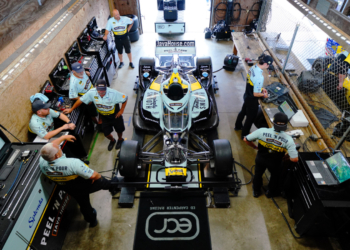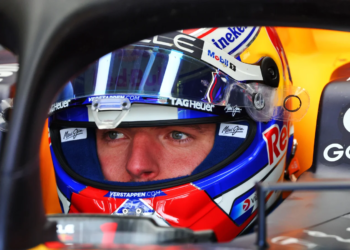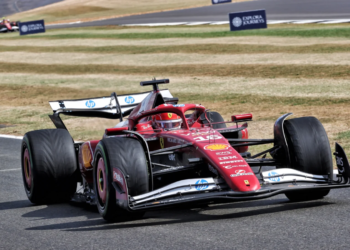IndyCar will test a new windscreen for the first time during the scheduled Phoenix pre-season test on February 8.
The screen is seen as one option for IndyCar as it strives to improve head protection, and is similar to the 'Aeroscreen', tested by Red Bull in Formula 1 in 2016, and the Shield, evaluated by Ferrari mid-2017.
However, the FIA has opted to introduce the Halo, which wraps around the cockpit in the form of three struts, and which will be used across a number of FIA-sanctioned series this year, including Formula 2 and Formula E (from the 2018/19 season), as well as Formula 1.
IndyCar's windscreen has been under development for nearly two years and will be fitted to a Chip Ganassi Racing Honda driven by four-time champion Scott Dixon for its initial test.
The primary goal will be to validate visual acuity for the driver in various lighting conditions – under full sun, at dusk and at night under track lighting – as this was a particular issue in F1 when Sebastian Vettel tested the Aeroscreen and reported of visual distortion.
"This has been a long process, one that's been very methodical and purposeful," INDYCAR president of competition and operations Jay Frye said of the windscreen project.
"We have been striving to create a safety piece that aesthetically looks good and works in all conditions, and this is a test of those things. Any piece we put on an Indy car must work for multiple types of venues and different lighting conditions. It has to be versatile."
The device is made from the same material used in the production of fighter jet canopies and is therefore incredibly strong and lightweight.
There is currently no timescale for full deployment in the series according to Frye, who is keen to see the initial results from next week's test before taking the project further.
"We've tested this at Dallara's simulator, but this will be the first time it has been on a car at speed," he added. "So, this is just the next step in the process."






